2020 Home Design Trends: Biophilic Design
![2020 Home Design Trends: Biophilic Design]()
Biophilic design is a concept that is used within the building industry to increase connectivity to the natural world by incorporating aspects of nature into the design process which have been shown to contribute to human health and productivity.
Throughout 2020 you can expect to see biophilic design being adopted more and more as we collectively move towards a more sustainable way of living. Natural patterns, textures and materials are being used more and more in the home design process to enhance a buildings connection to the natural world.
The idea of biophilic design originates in an understanding of human evolution, where for over 99% of human existence we have evolved in response to natural not artificial or man made forces. There are several studies that have found that human well-being and development is enhanced through effectively connecting with the natural world.
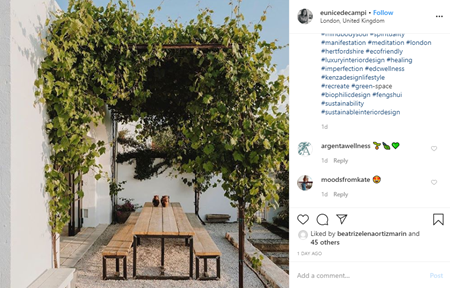
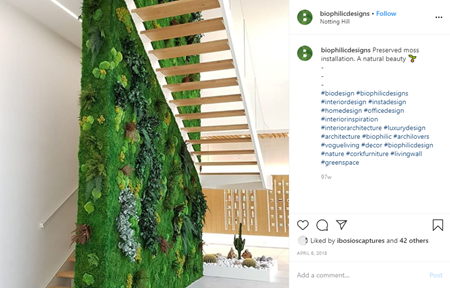
The Practice of Biophilic Design outlines three categories of experiencing and connecting with nature:
- The Direct Experience of Nature;
- The Indirect Experience of Nature; and,
- The Experience of Space and Place.
Let’s have a look at these categories and their associated attributes of biophilic design in more detail and learn how biophilic design can be incorporated into your home.
The Direct Experience of Nature
The direct experience of nature refers to actual contact with environmental elements - such as light, air, water and earth - within a built environment.
To achieve the direct experience of nature in your home you would incorporate things into your home like:
- Large windows that allow lots of natural light into your home
- An indoor fireplace or outdoor fire pit
- Dimming features for your lights
- Art that creates shadows or light patterns
- Light fabrics that move with the breeze
- A fountain, water feature or aquarium
- Real plants, trees and animals
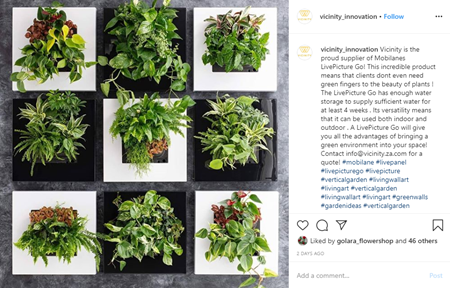
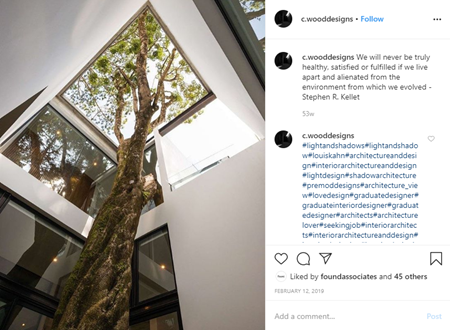
The Indirect Experience of Nature
The indirect experience of nature refers to contact with the representation of nature or exposure to patterns and processes that are characteristic of the natural world.
To achieve the indirect experience of nature in your home you could include things like:
- Images of nature
- Natural materials such as wood, bamboo or stone
- Natural colours
- Simulating natural light and air
- Natural geometric patterns
- Biomimicry (materials, structures, and systems that are modelled on biological entities and processes)
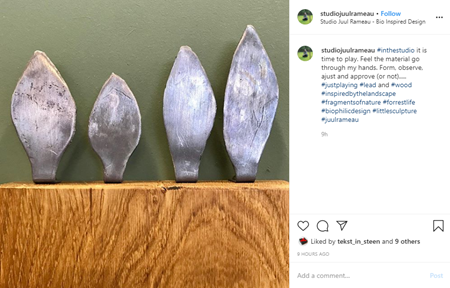
The Experience of Space and Place
The experience of space and place refers to spatial features that are characteristic of the natural world and contribute to advancing human health and wellbeing. The most effective experiences of space and place are achieved through the creation of deliberate and engaging spaces integrated with natural patterns and analogues.
To achieve the experience of space and place in your home you could incorporate things such as:
- Transitional spaces (multi functional spaces located in between outdoor and indoor environments)
- Organised complexity (settings possessing qualities of complexity but experienced in an orderly way)
- Refuge space (a secluded and protected place for withdrawal from environmental conditions)
- Mystery invoking elements (partially obscured views or other sensory devices that attract people to delve deeper into the environment)
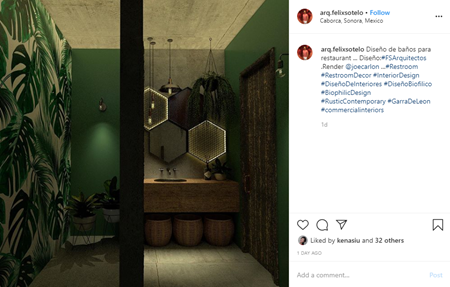
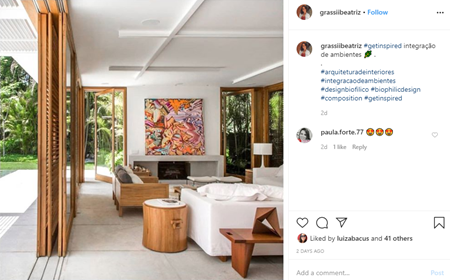
If you are interested in learning more about the practice of biophilic design we have included links to a few interesting studies and articles below.
1. “View Through a Window May Influence Recovery From Surgery”
Roger S. Ulrich (1984, American Association For The Advancement of Science)
In 1984, this study assessed the recovery of patients after having surgery to remove their gallbladder in order to determine whether having a room with a window view of a natural setting had any effect on the recovery process. The study assessed the recovery of 46 patients, 23 in a room with a window looking out on a natural scene and 23 in a room with a window facing a brick wall.
The study found that the 23 patients recovering in rooms with a window view of nature had shorter postoperative stays, fewer negative evaluative comments in nurses’ notes and took fewer painkillers.
2. “Effective Lighting Design Standards Impacting Patient Care”
Sameer Mehrotra, Sunil Basukala and Shiva Devarakonda (2015, Journal of Biosciences and Medicines)
This 2015 study concluded that there is consistent evidence showing the technical, architectural and energy aspects of providing optimal lighting conditions in different areas of a facility are important for patient and staff wellbeing.
3. “Building for Life: Designing and Understanding the Human-Nature Connection”
Stephen Robert Kellart (2005, Renewable Resources Journal)
4. “The Practice of Biophilic Design”
Stephen Robert Kellart (2005, Renewable Resources Journal)
Stephen Kellart is a professor of social ecology at the Yale School of Forestry and Environmental studies. In these articles he discusses the importance of interacting with nature on human well-being and development.
Share your biophilic designs
Have you incorporated biophilic design into your home? We would love to see what you have done! Share your creations on social media with us.
Facebook @FirstHomeBuyersDirect
Instagram @fhbd_perth
Posted by First Home Buyers Direct on 20 February 2020 | 0 comments
Back To Blog Entries